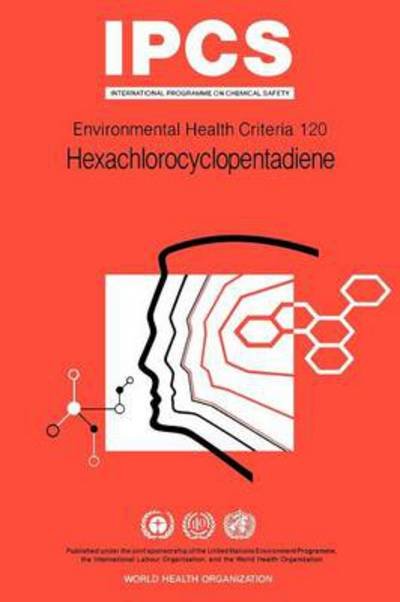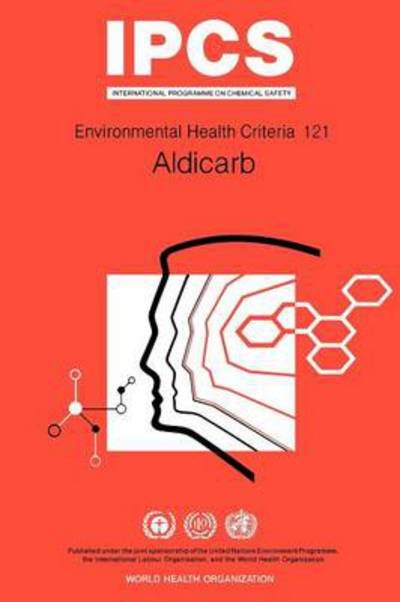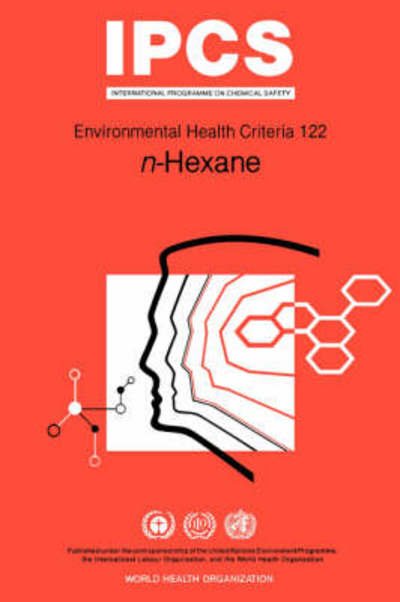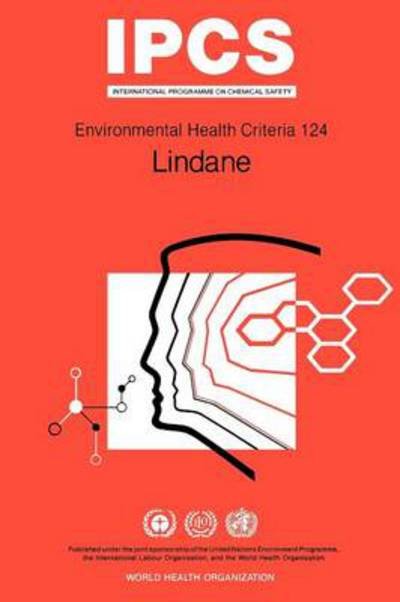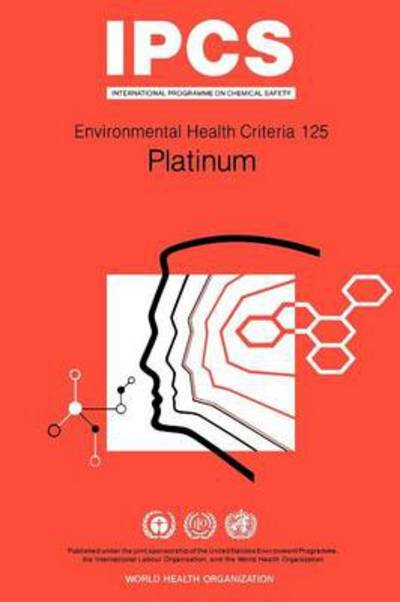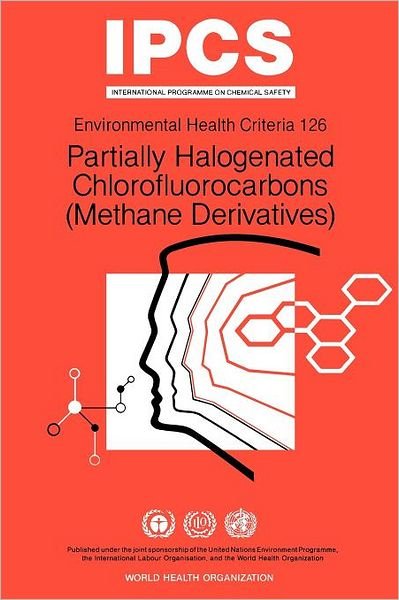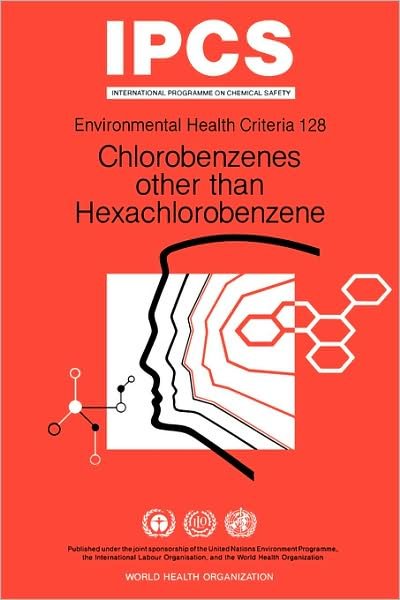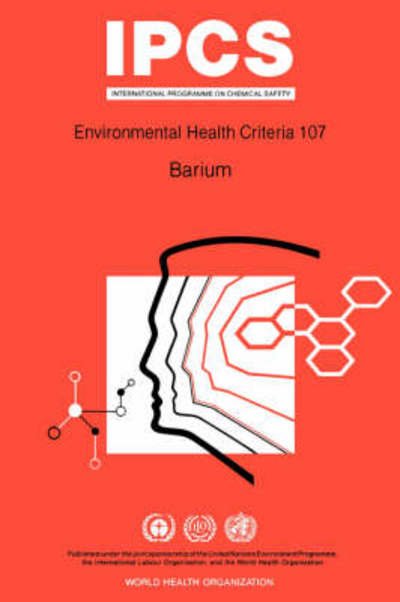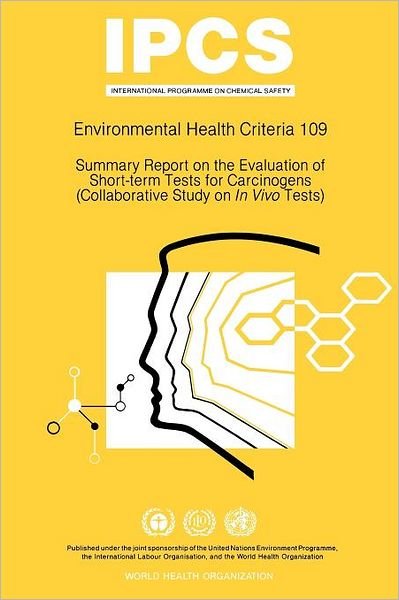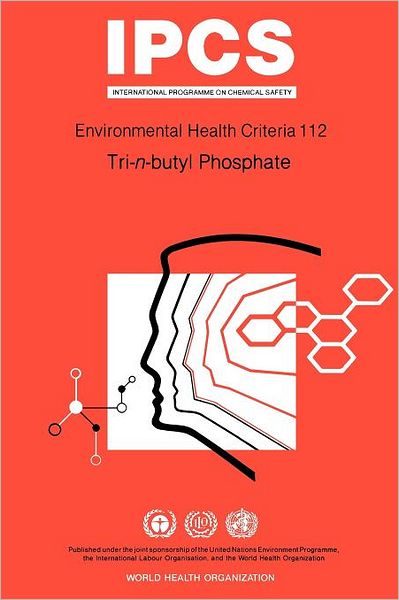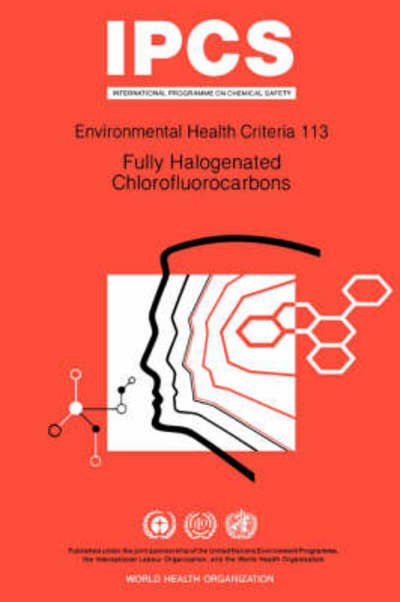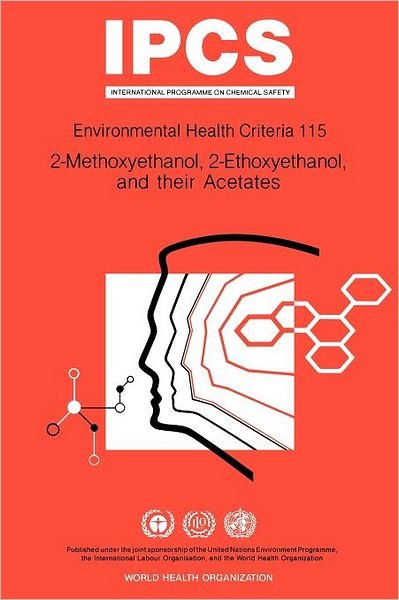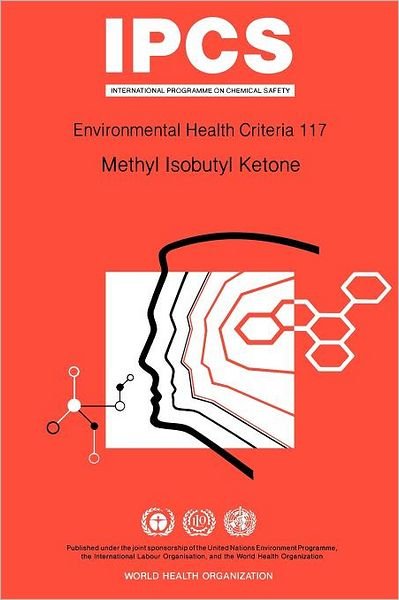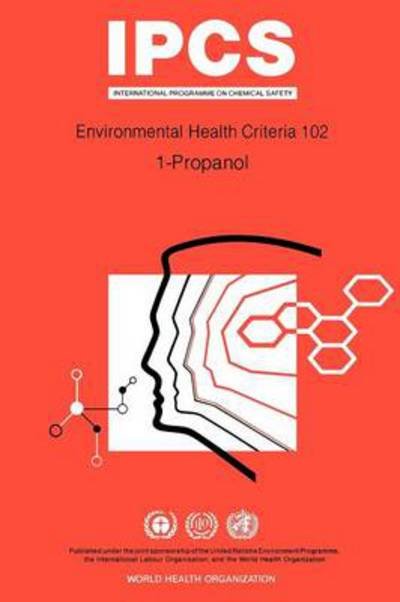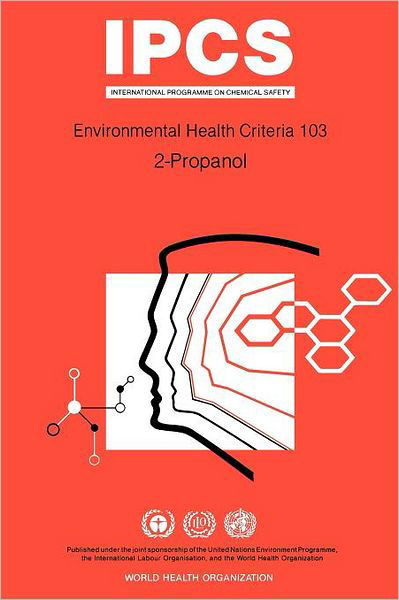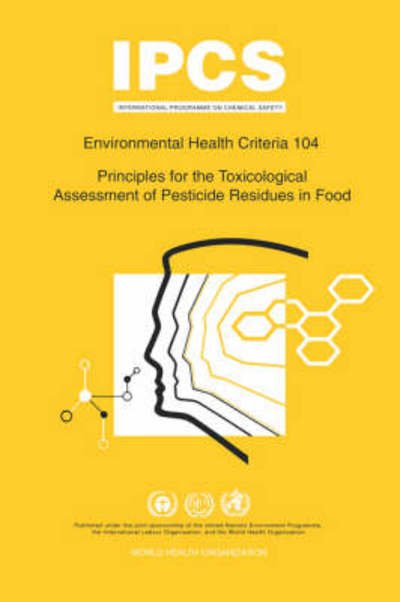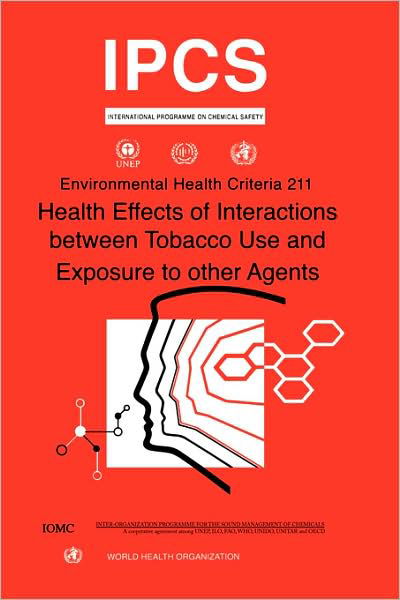
Fortæl dine venner om denne vare:
Health Effects of Interactions Between Tobacco Use and Exposure to Other Agents: Environmental Health Criteria Series No. 211 First Edition, First Printing edition
Unep
Bestilles fra fjernlager
Health Effects of Interactions Between Tobacco Use and Exposure to Other Agents: Environmental Health Criteria Series No. 211 First Edition, First Printing edition
Unep
Evaluates the findings of close to 600 studies aimed at determining whether the health risks associated with tobacco use are enhanced by co-exposure to numerous chemical, biological, and physical agents commonly found in the workplace. Co-exposures in the domestic and general environment, which are especially important in newly industrializing countries, are also considered in this comprehensive review. Although all forms of tobacco use are covered, particular attention is given to risks arising from exposure to mainstream and sidestream smoke from cigarettes. The book has four chapters. The first summarizes what is known about the health risks caused by tobacco use. A brief overview of the history of tobacco use is followed by a detailed explanation of the chemistry of processed tobacco and the many toxic compounds found in tobacco and in mainstream and sidestream smoke. The chapter also includes an overview of all documented acute and chronic adverse effects of tobacco, including smokeless tobacco. The second and most extensive chapter evaluates the evidence on health effects caused by interactions between tobacco smoke and asbestos, non-asbestos fibres, seven inorganic chemicals, five organic chemical agents, including ethanol, four physical agents, and seven biological agents, including two widespread infectious agents. The chapter also includes an explanation of the concept of interaction and how it can be measured, a discussion of vector effects, whereby cigarettes become contaminated with toxic chemicals in the workplace, and a review of data indicating that tobacco smoking can alter the metabolism of therapeutic drugs and other chemicals. Chapter three considers whether adverse effects following co-exposure to tobacco smoke and other agents are separate effects or possible interactions. The report found evidence for synergism in the production of adverse effects, including cancer, between tobacco smoking and exposure to asbestos, ethanol, silica, and radiation. The report also found evidence that tobacco smoking affects the health risks of exposure in coal mining, pesticide handling, and in the rubber and petroleum industries. In addition, tobacco smoking can increase the risk of byssinosis produced by exposure to cotton dust, and nasal cancer caused by exposure to wood dusts. On the basis of this evaluation, the final chapter concludes that all possible measures should be taken to eliminate tobacco use, particularly smoking. To avoid interaction with occupational exposure and to eliminate hazards arising from exposure to environmental tobacco smoke, the report concludes that smoking in the workplace should be prohibited.
| Medie | Bøger Paperback Bog (Bog med blødt omslag og limet ryg) |
| Udgivet | 1999 |
| ISBN13 | 9789241572118 |
| Forlag | World Health Organisation |
| Antal sider | 172 |
| Mål | 235 g |
| Sprog | Engelsk |
| Medvirkende | WHO |


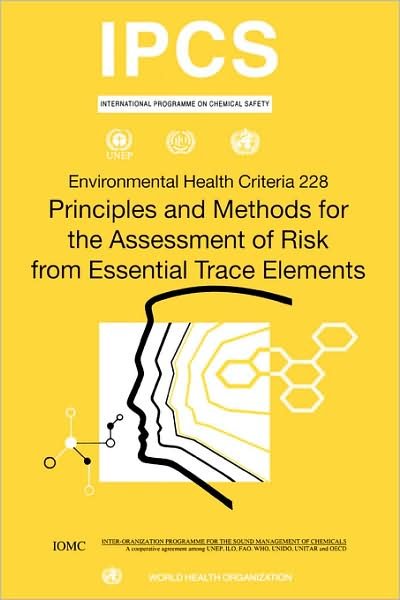
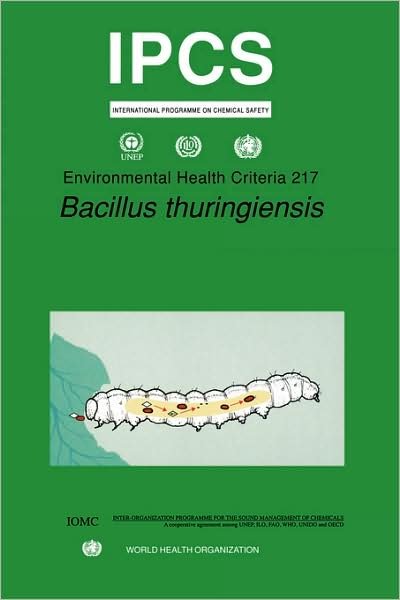
![Cover for Unep · Principles for the Assessment of Risks to Human Health from Exposure to Chemicals - Environmental Health Criteria Series No. 210 (Paperback Bog) [First Edition, First Printing edition] (1999)](https://imusic.b-cdn.net/images/item/original/101/9789241572101.jpg?unep-1999-principles-for-the-assessment-of-risks-to-human-health-from-exposure-to-chemicals-environmental-health-criteria-series-no-210-paperback-bog&class=scaled&v=1498550134)
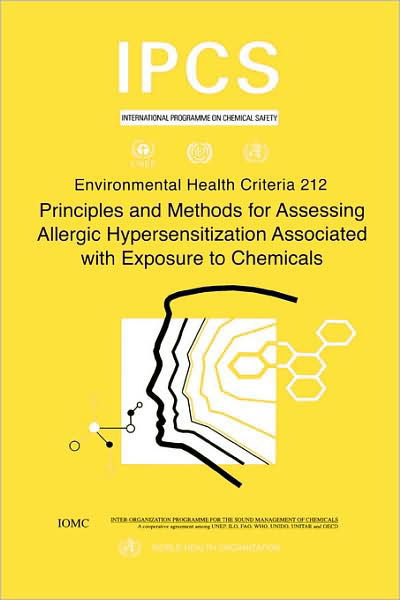
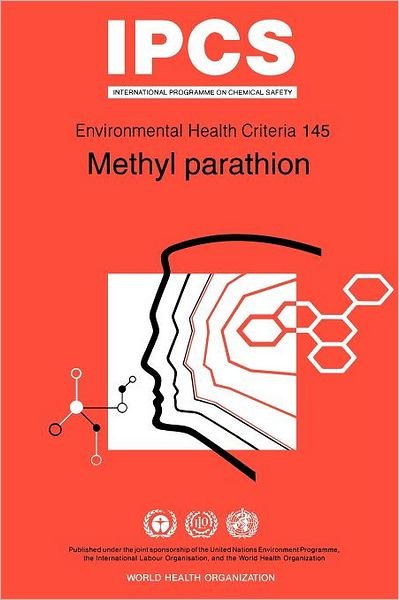
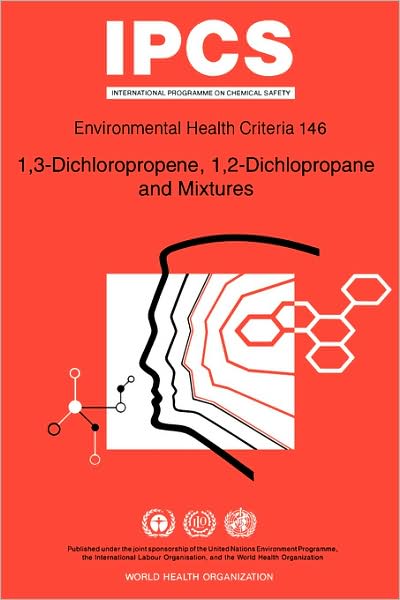



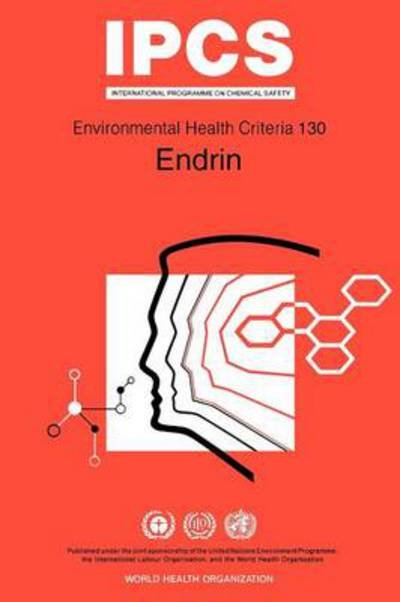
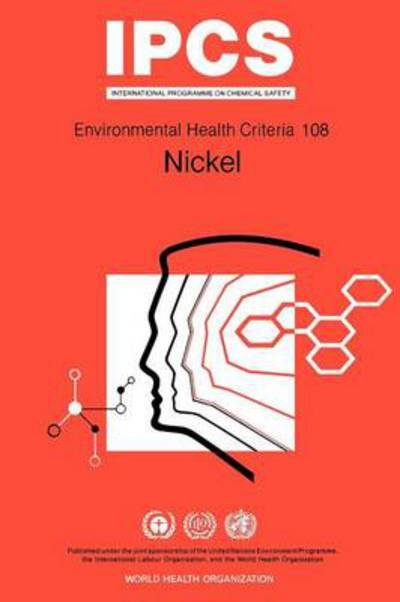
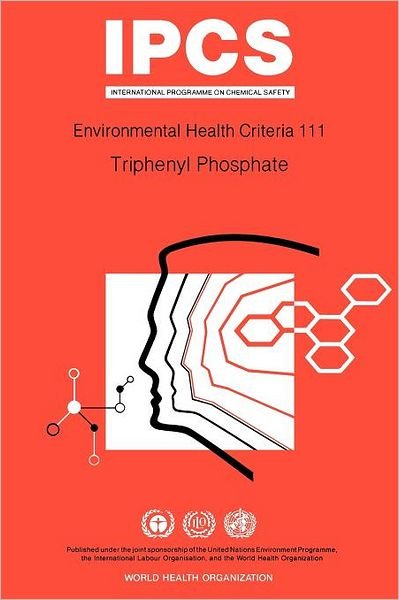
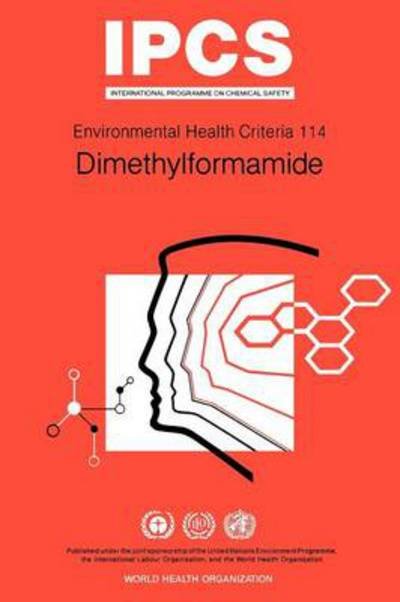
![Cover for Unep · Inorganic Mercury: Environmental Health Criteria Series No 118 (Paperback Bog) [First edition] (1991)](https://imusic.b-cdn.net/images/item/original/180/9789241571180.jpg?unep-1991-inorganic-mercury-environmental-health-criteria-series-no-118-paperback-bog&class=scaled&v=1544749410)
